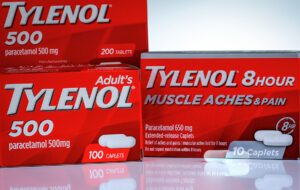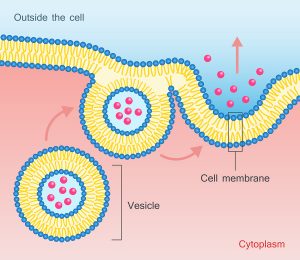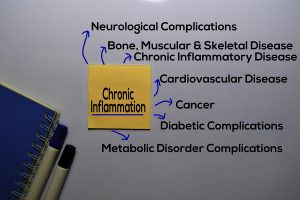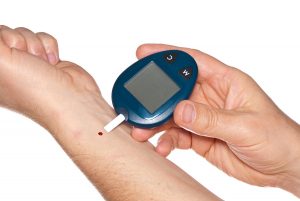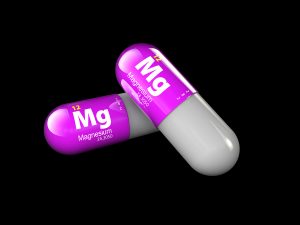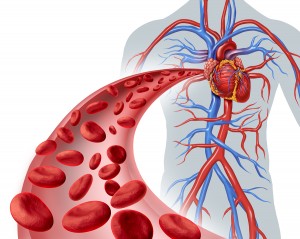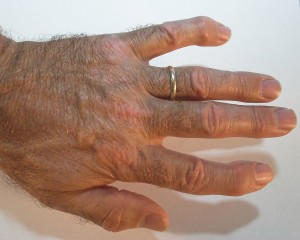There are common chemicals affecting your health that have been known since the 1950’s. They have the name PFAS, which stands for perfluoroalkyl and polyfluoroalkyl substances. There was a review article recently in CNN describing the complexity of PFAS, the toxicity, and what you can do to improve your risk. People know PFAS as the “forever” chemicals, because they are very slow to metabolize. As their chemical structure has some resemblance to natural hormones, they block our own hormone actions. They belong to the group of endocrine disruptors. There is a direct relationship between exposure to PFAS and kidney cancer as well as testicular cancer.
PFAS can affect menstrual cycle irregularities, thyroid disorders, and infertility. Pregnant women and children are most sensitive to the effects of PFAS.
A lot of products contain PFAS
Dr. Carmen Marsit is a Professor of Research at the Rollins School of Public Health at Emory University. She has done research of the effects of PSAF regarding human health for several years. CNN interviewed her and she said: “PFAS are a class of about 15,000 human-made chemicals that contain fluorine groups, which give them special properties. They are in non-stick surfaces; they’re used in firefighting foams, protecting packages from grease, and waterproofing of carpets and your clothing. Because of the structure of these chemicals, they’re able to have these non-stick, water-repellent and temperature-regulating properties.”
There is contamination of drinking water with PFAS chemicals. Only reverse osmosis removes these “forever” chemicals. But water from water softeners still contains PFAS. People who have reverse osmosis in the kitchen sink can cook with clean water, which is devoid of PFAS. This reduces exposure to PFAS significantly.
Food as a source of PFAS
Dr. Marsit mentioned: “Food can be another source of exposure, partly because of the packaging that food comes in, such as any types of non-stick, risk-proof packaging. A lot of frozen foods and fast foods were put into these types of packaging. A pizza box, for example, will have PFAS on the bottom. There’s actually some new data suggesting that PFAS are very prevalent in pesticides, and so, in fact, are being sprayed on to foods. Even your fresh foods might be contaminated with some of these chemicals. “
How manufacturers can remove PFAS from food and the environment
Dr. Marsit said:” On the policy side, we are seeing some positive things happening that are going to start to reduce some of these levels. The US Environmental Protection Agency now has a ruling out about at least five of these chemicals in drinking water that basically sets limits for these chemicals in the water. Within three years, municipal water sources have to test these chemicals, and then within five years, they have to have a plan for how to reduce those levels below the EPA-set limits.
Recently, the US Food and Drug Administration worked together with food product manufacturers who create the containers of food products to remove the PFAS chemicals from those containers, so now we’ll see less of that kind of foodborne exposure.”
Pressure from changed buying behaviors can accelerate removal of PFAS
But all of this will take several years to take effect. It is the public opinion that can speed things up. If people start buying glass and metal containers instead of plastic bottles of water, the manufacturers will have to adjust to the new buying patterns. This can accelerate the removal of PFAS from the market. Dr. Marsit said: “Some manufacturers are starting to be concerned about the health effects as well and are starting to remove them from their products. It’s a slow process, but eventually we’ll see more and more of those manufacturers kind of moving away from the use of these chemicals in their products because of these health effects.”
Conclusion
Perfluoroalkyl and polyfluoroalkyl substances (PFAS) have been around since the 1950’s. There are more than 15,000 of these “forever” chemicals around us now. They have these non-stick, water-repellent and temperature-regulating properties. PFAS hide in carpets, furniture, food containers, clothing and even drinking water. They are very slow to metabolize. As their chemical structure has some resemblance to natural hormones, they block our own hormone action. They belong to the group of endocrine disruptors. There is a direct relationship between exposure to PFAS and kidney cancer as well as testicular cancer.
What leads to a change in PFAS contamination?
Both the US Food and Drug Administration and the US Environmental Protection Agency recently introduced strict guidelines about reducing PFAS contamination of our food chain and the environment. But it will take years for these guidelines to lead to concrete results. In the meantime, the consumer has the power to force manufacturers into changing production patterns. People need to start buying glass and metal containers instead of plastic bottles of water. Then the manufacturers will have to adjust to the new buying patterns.

